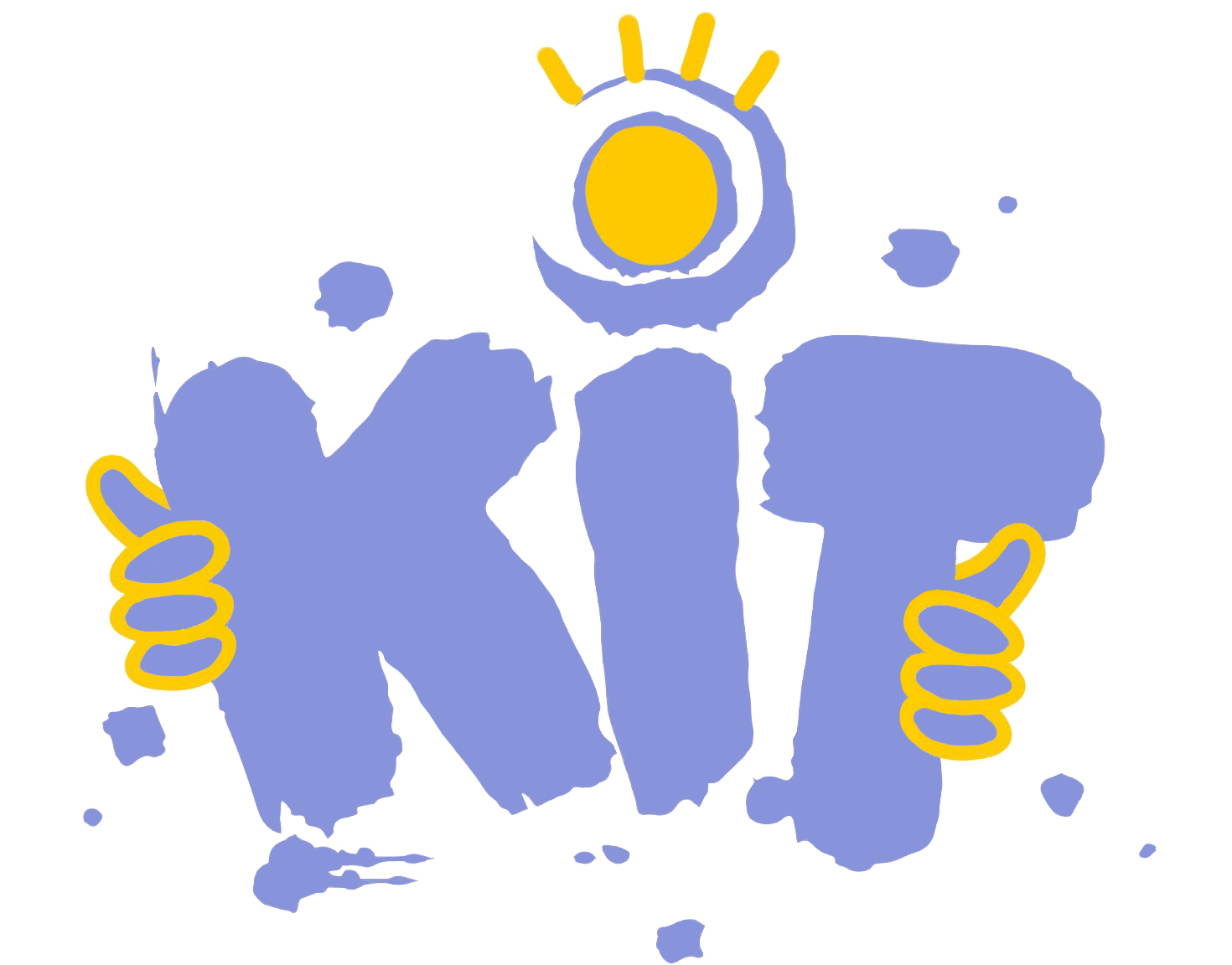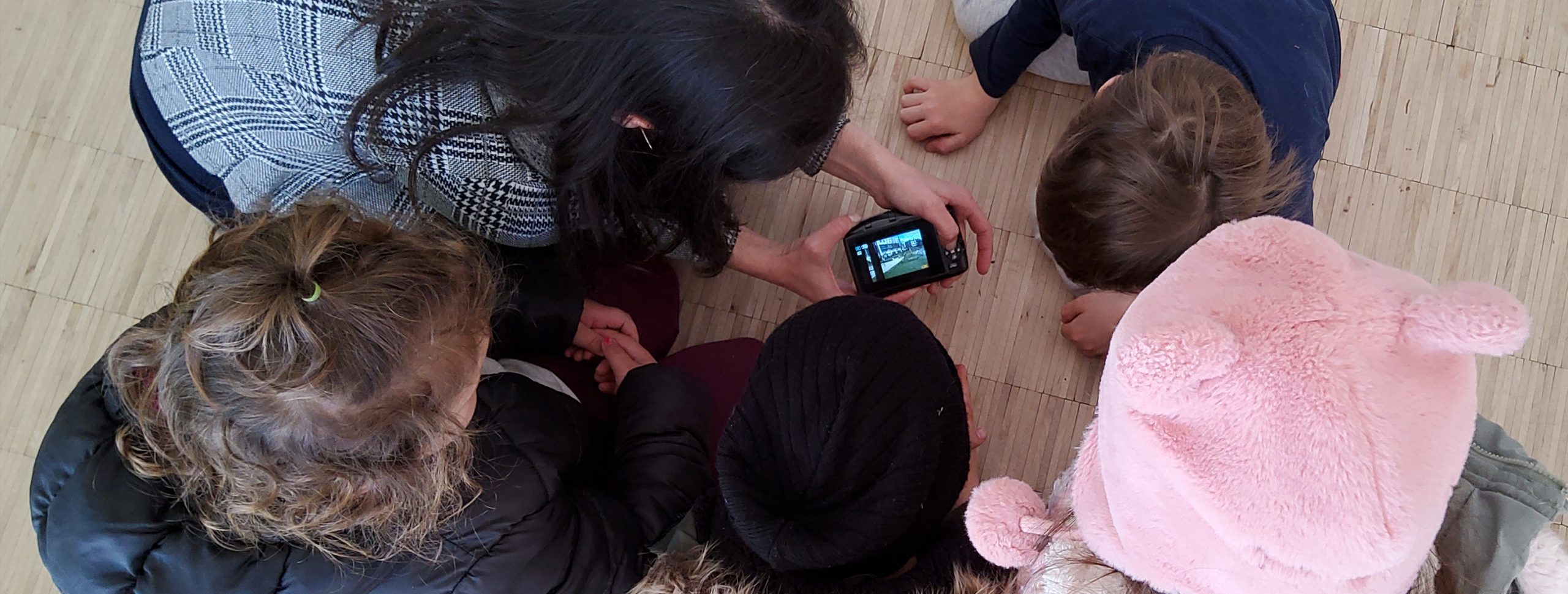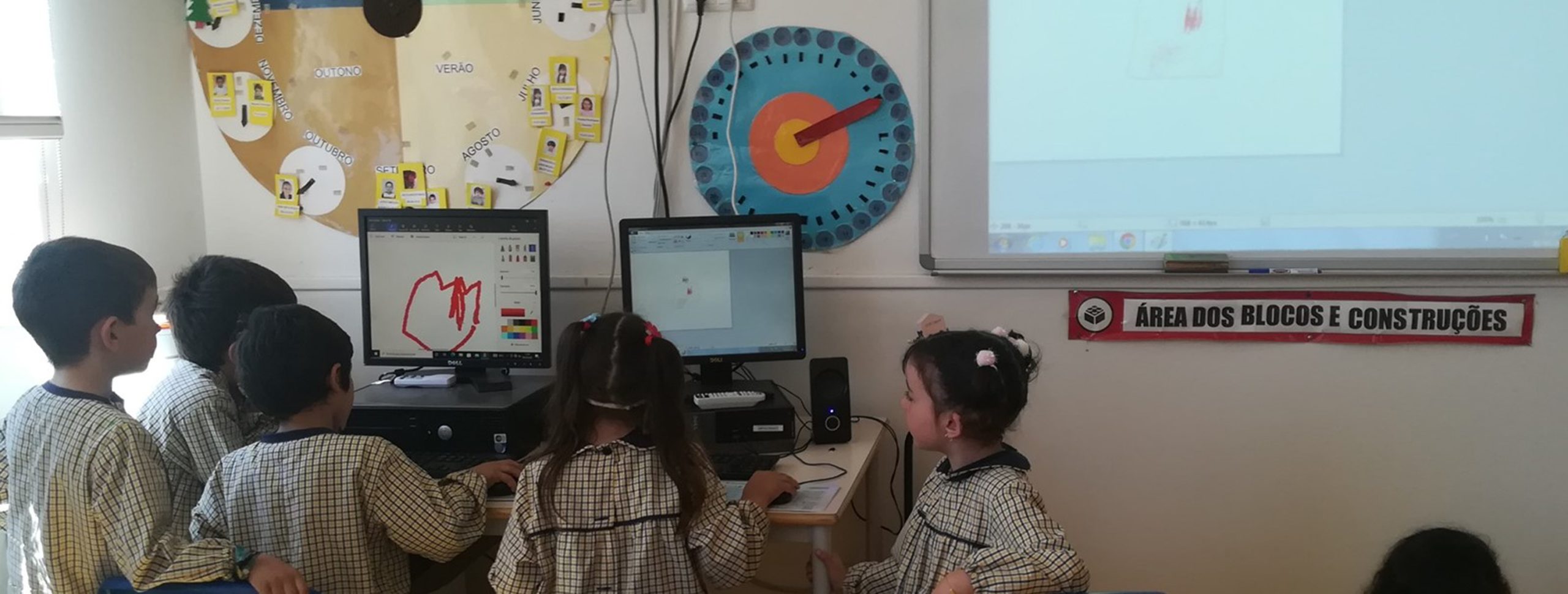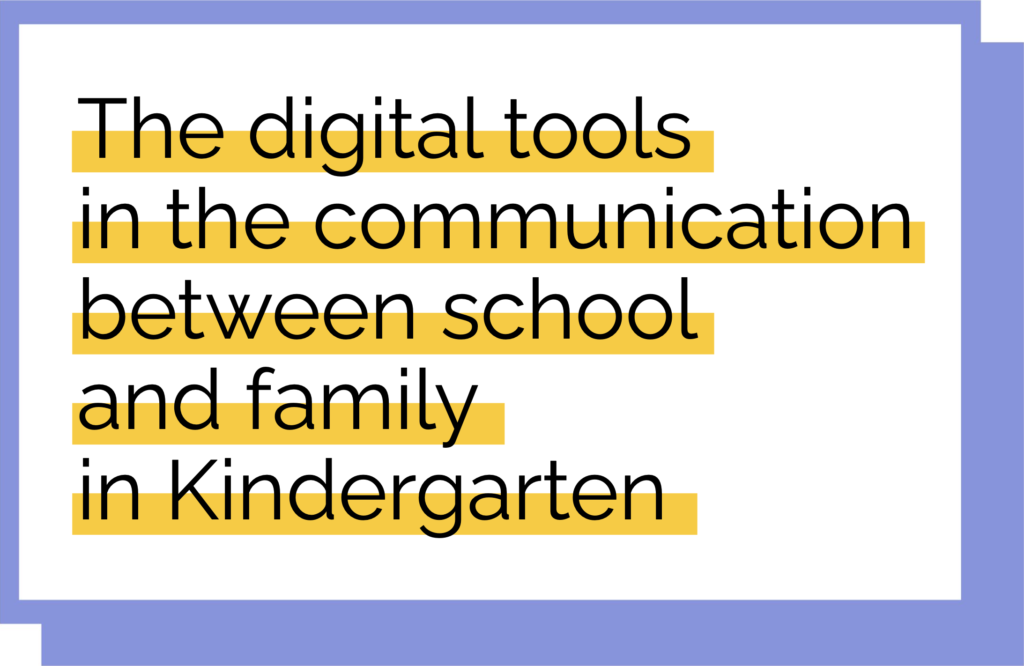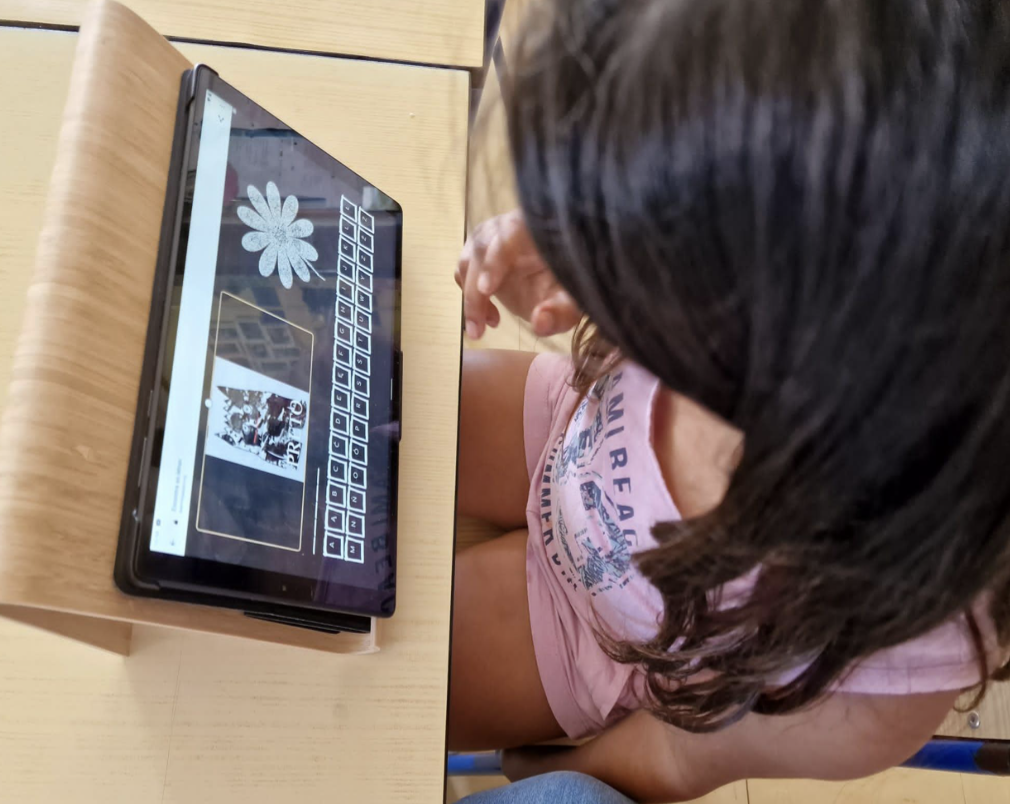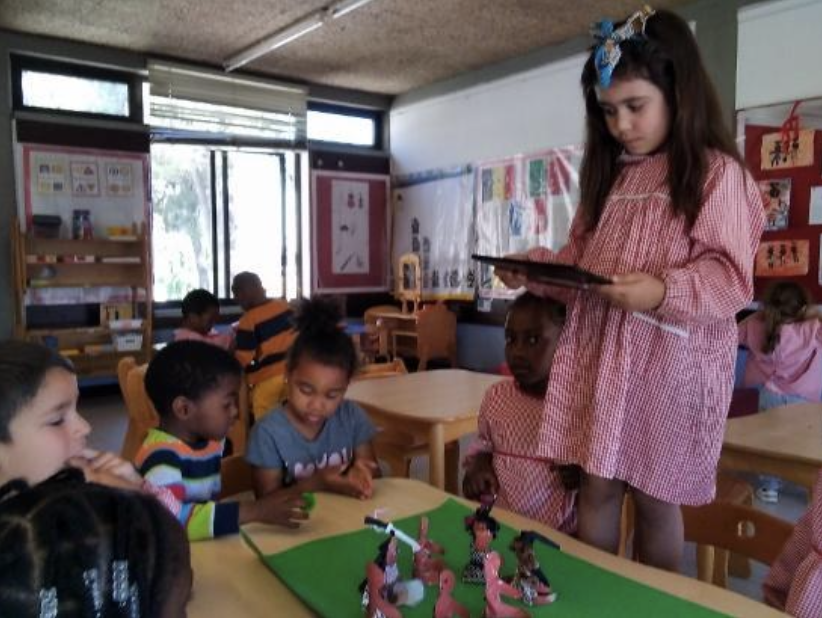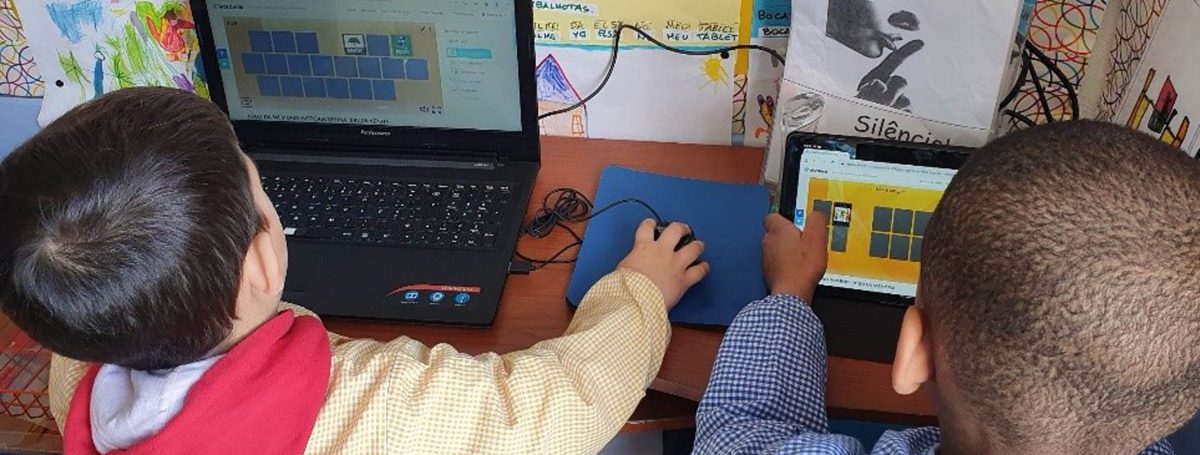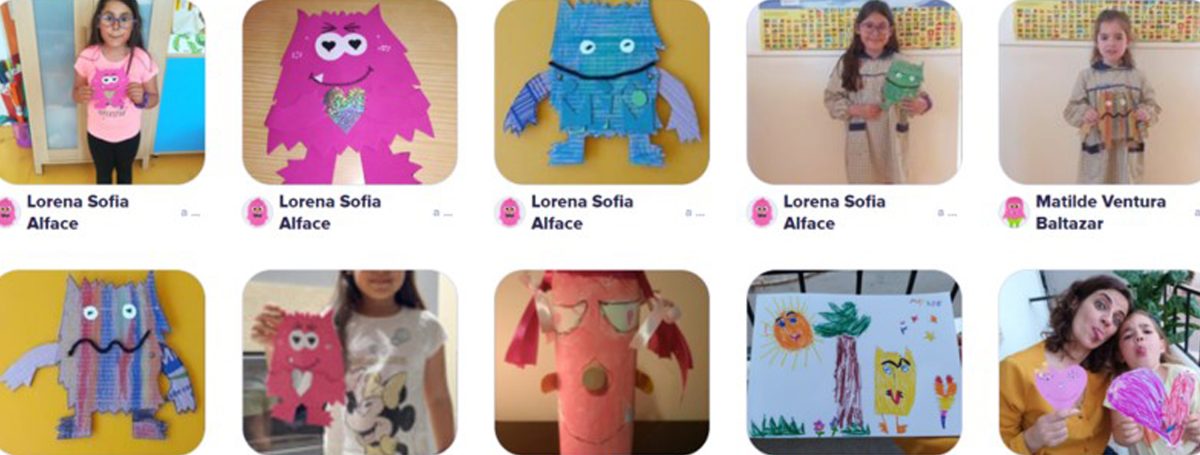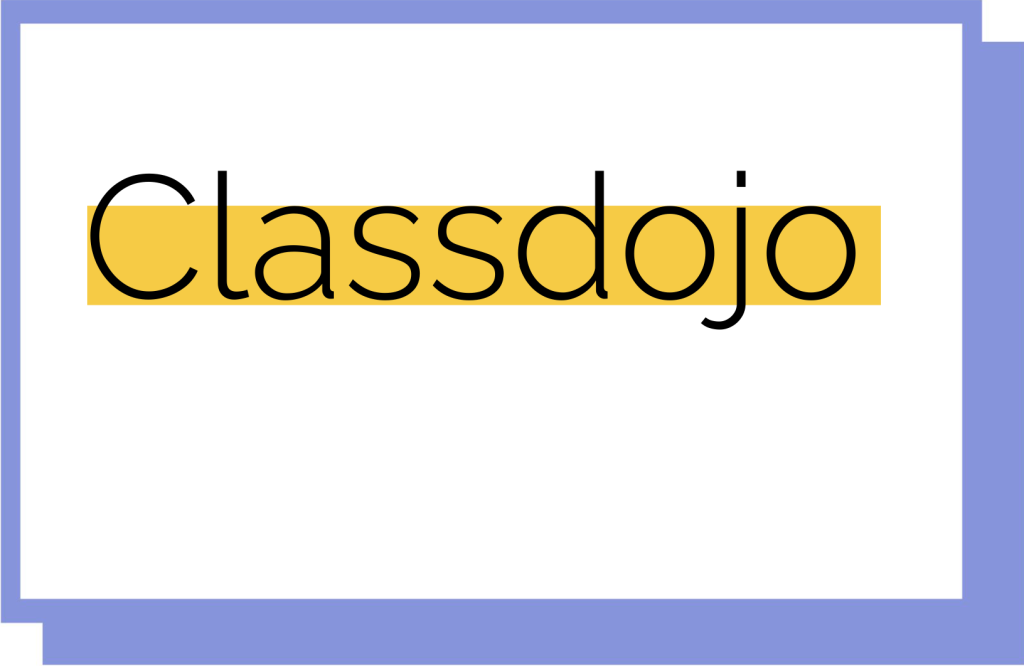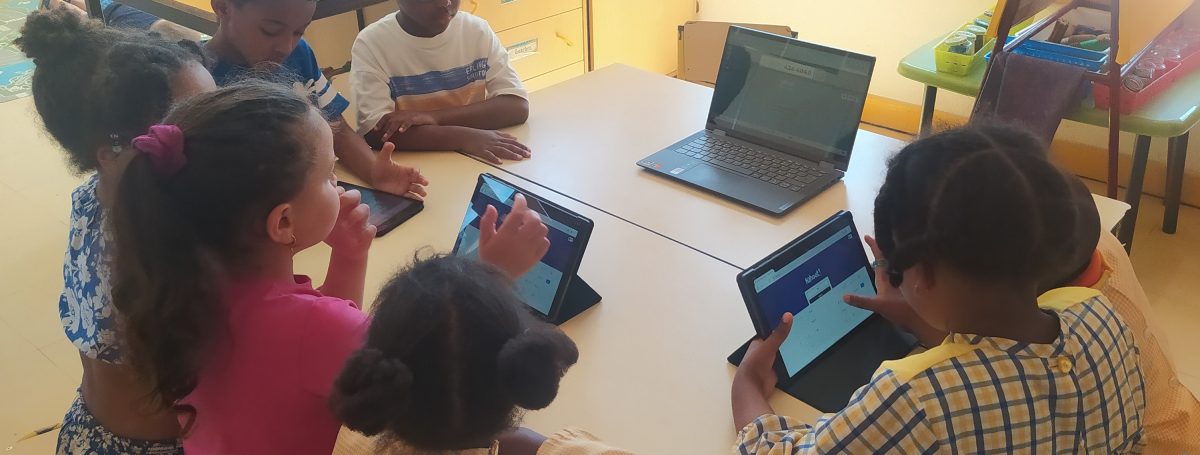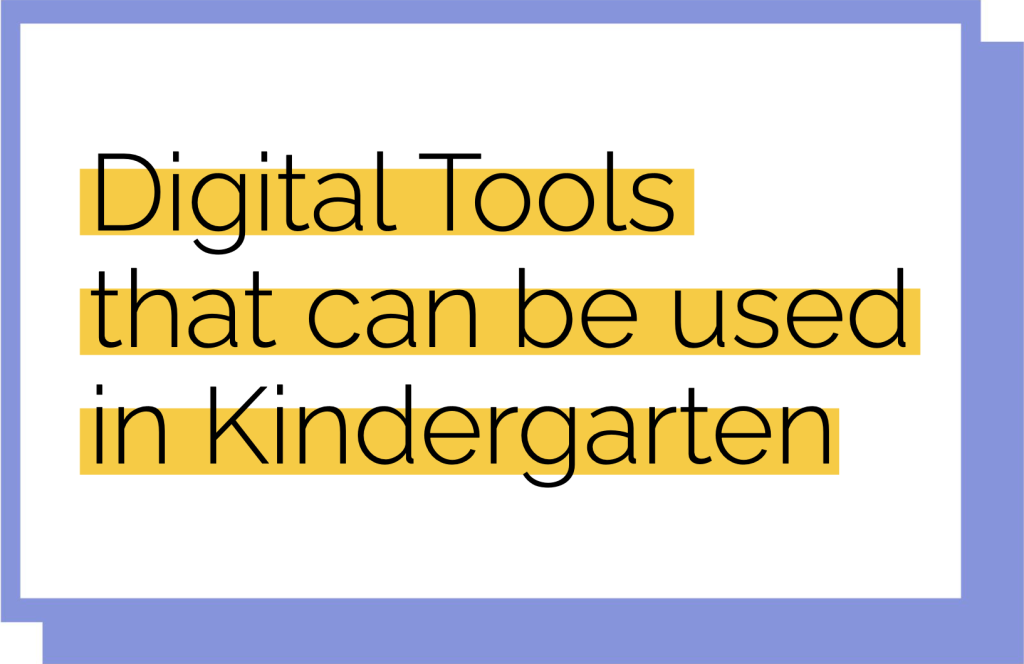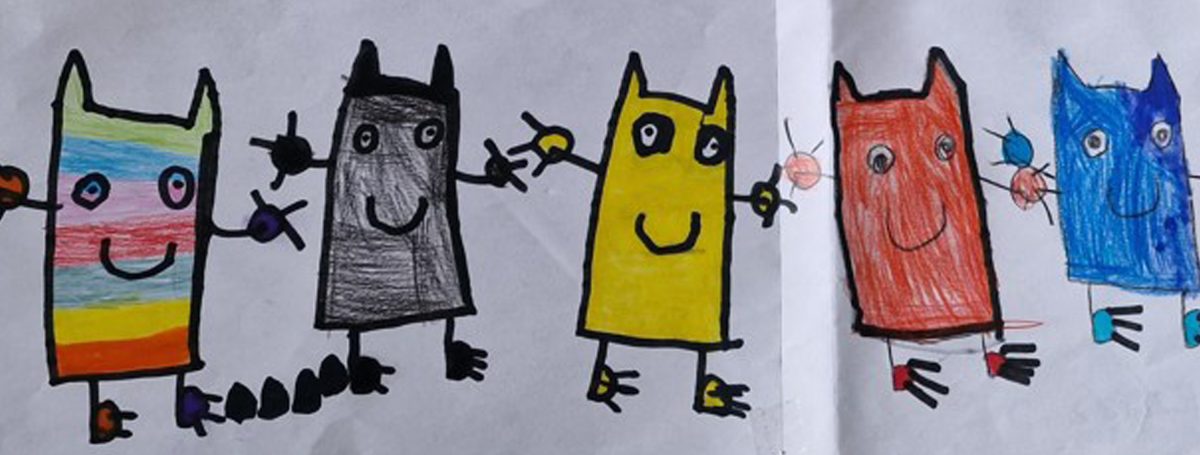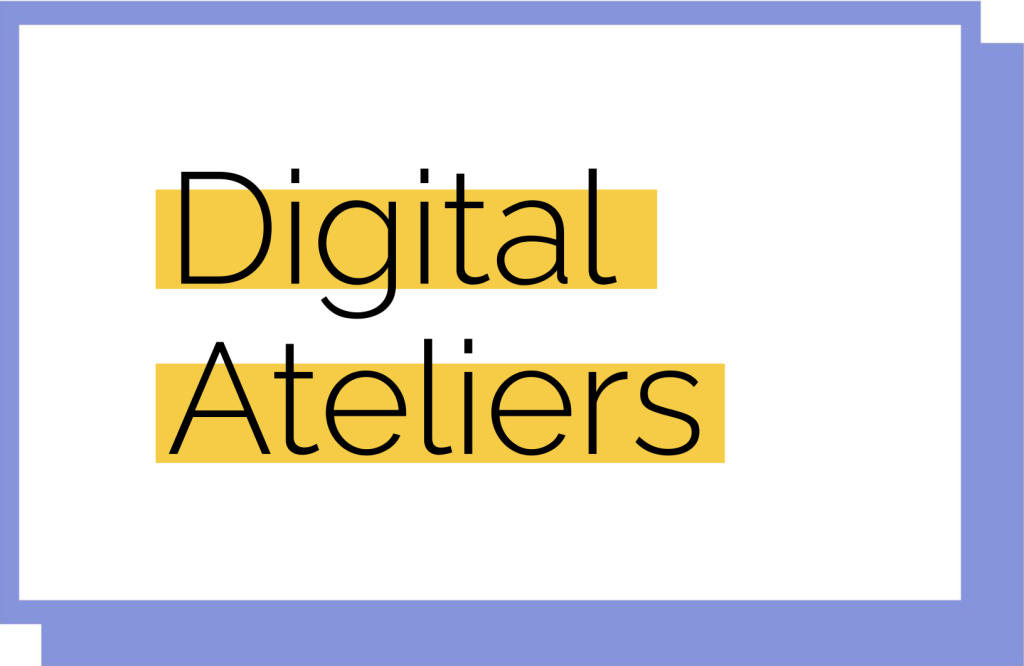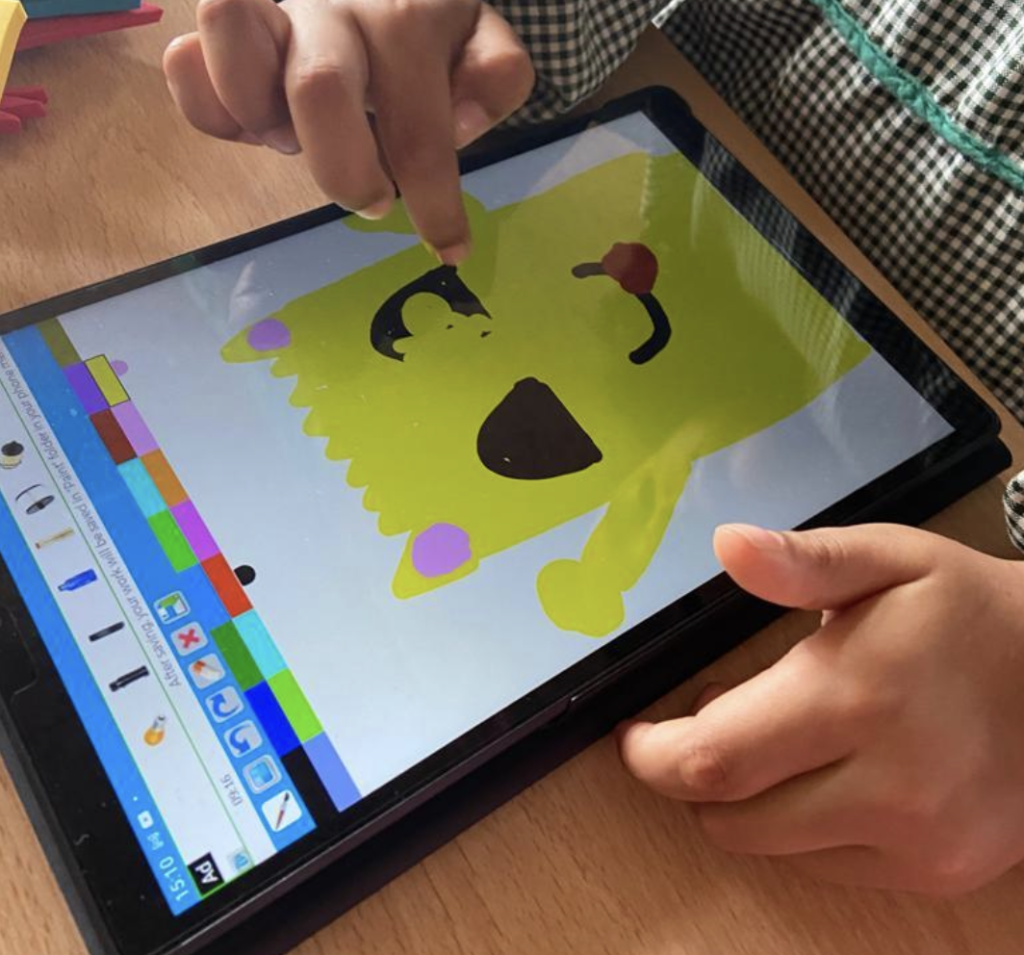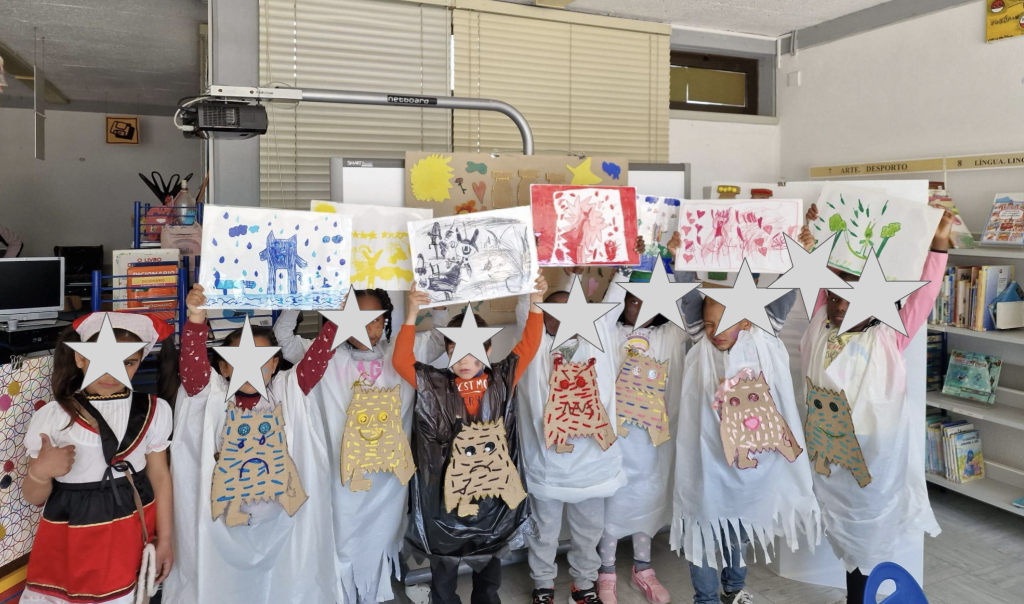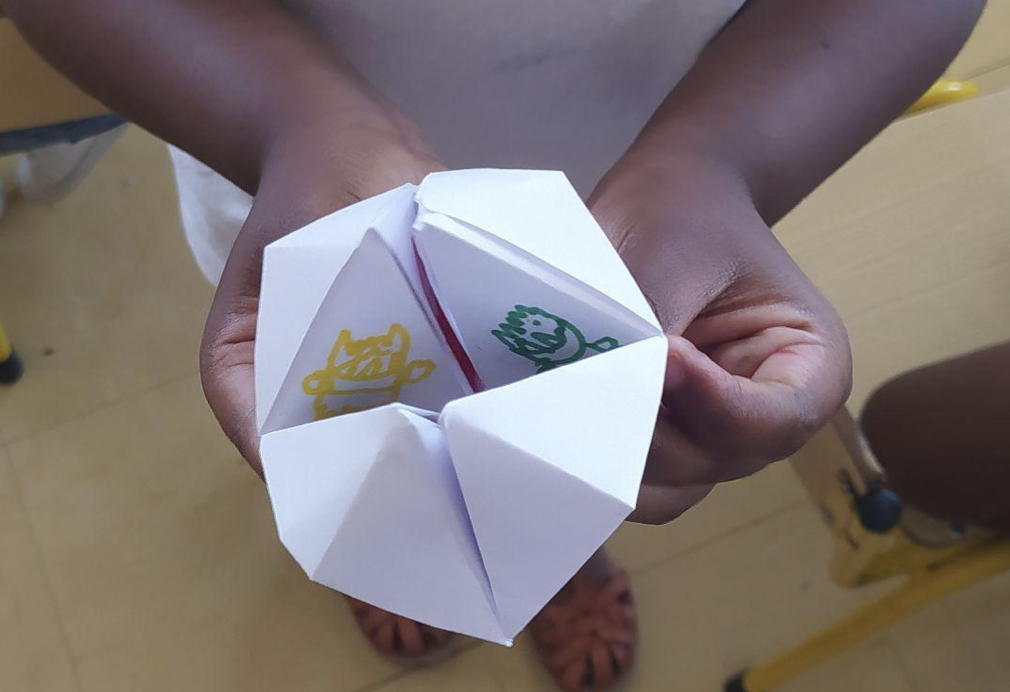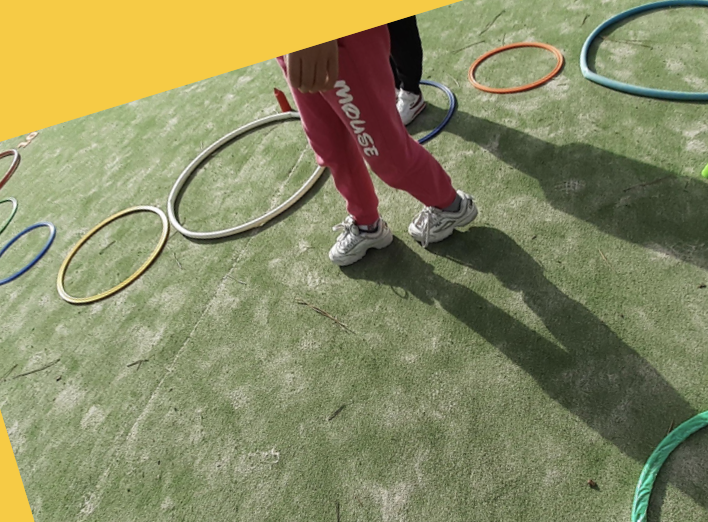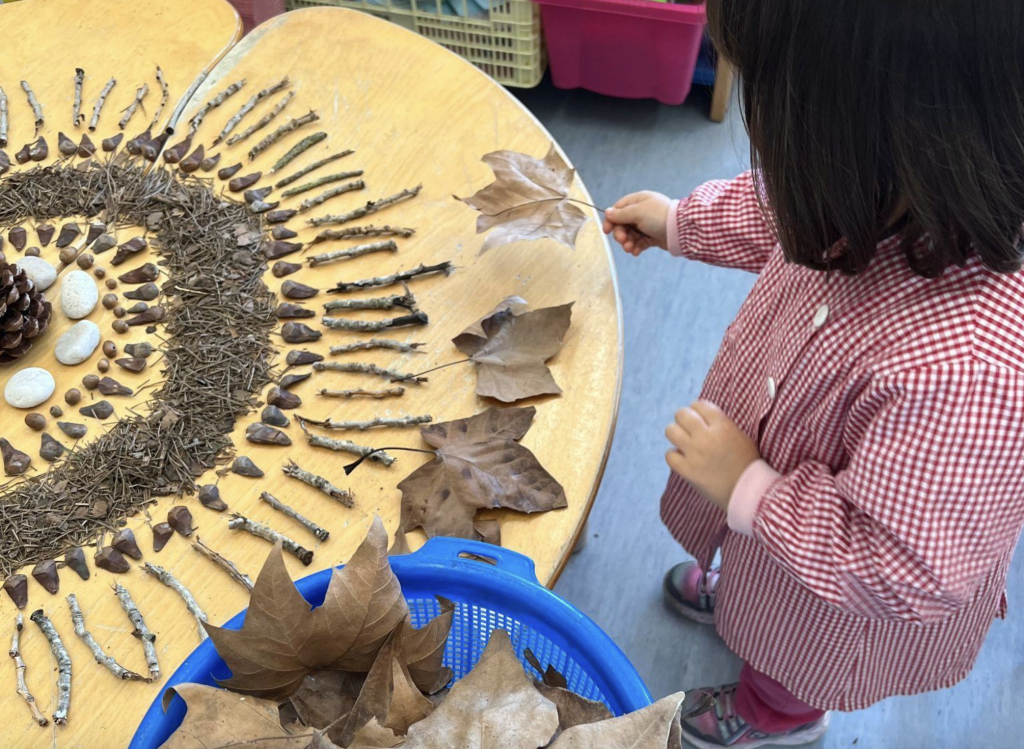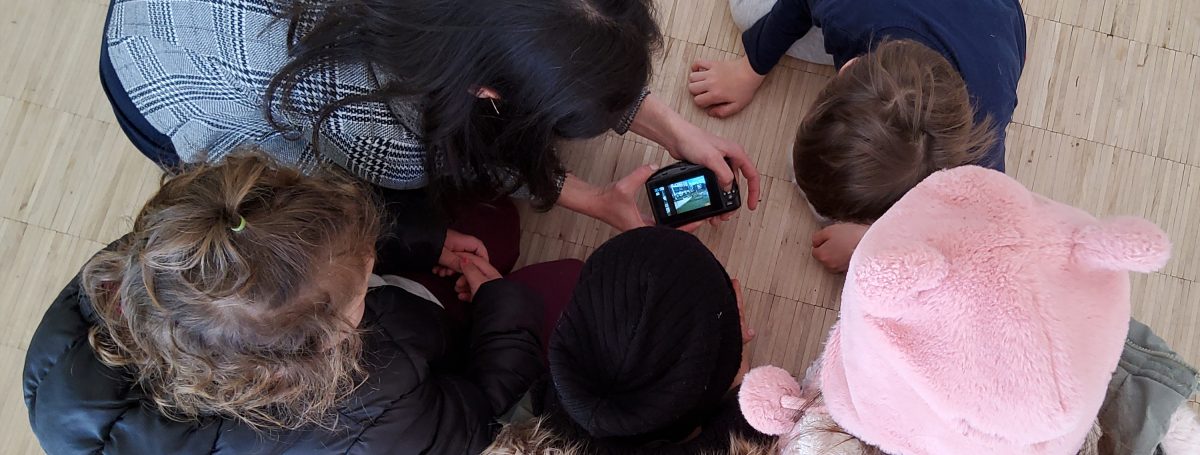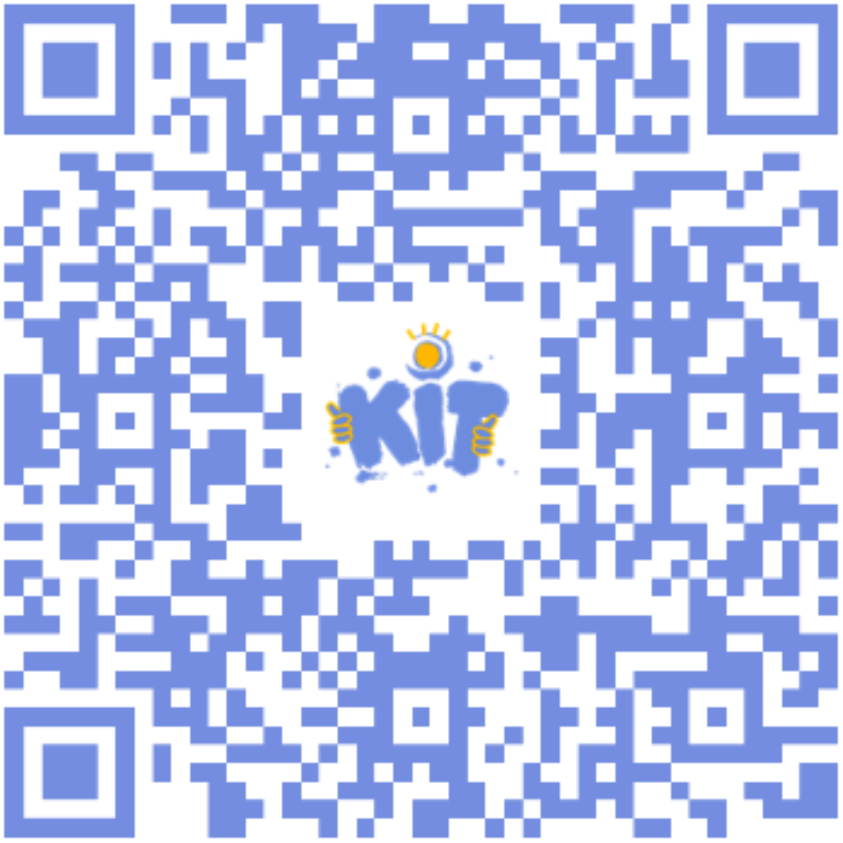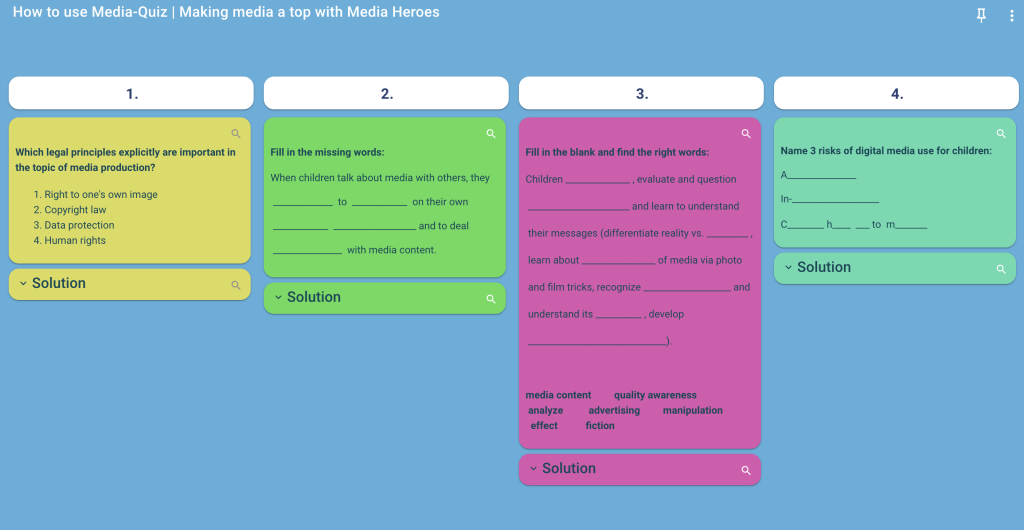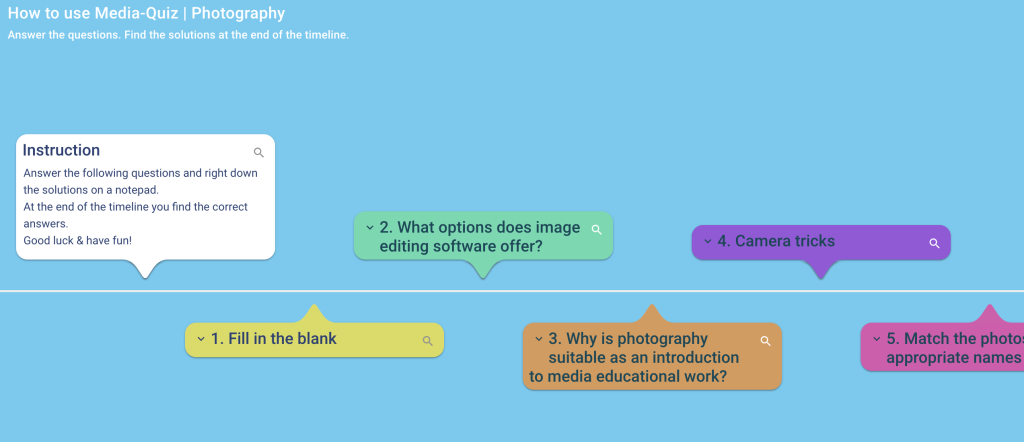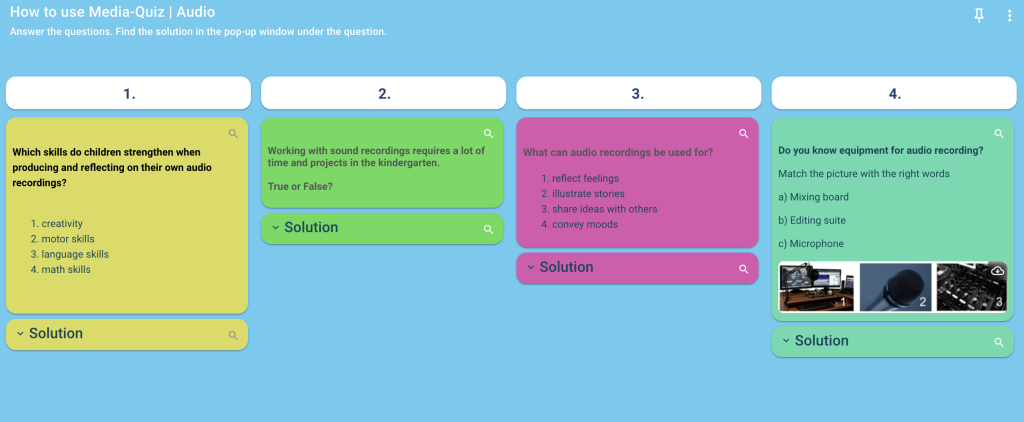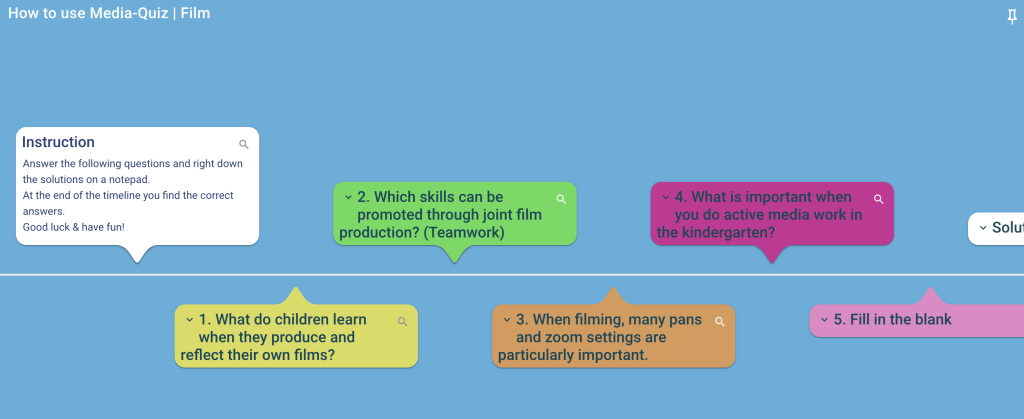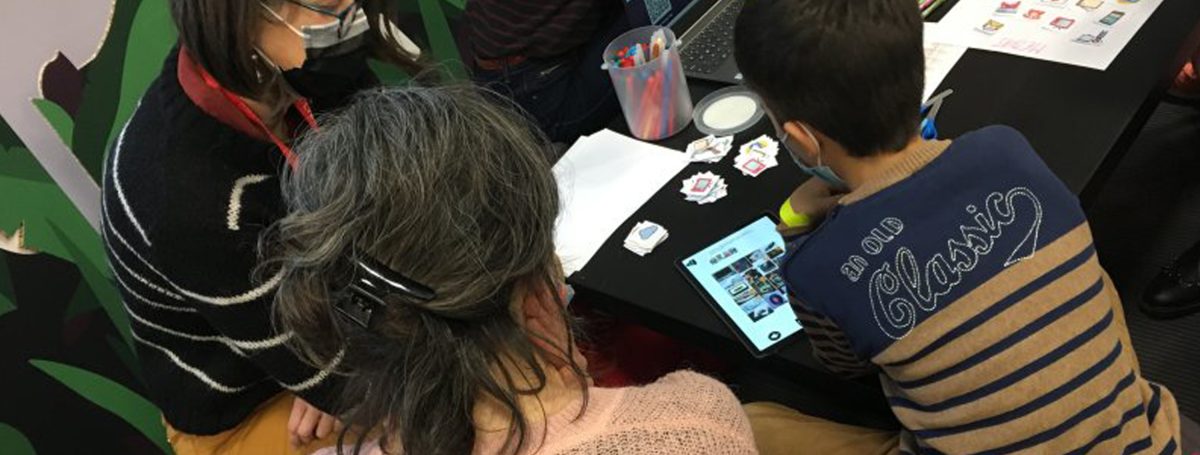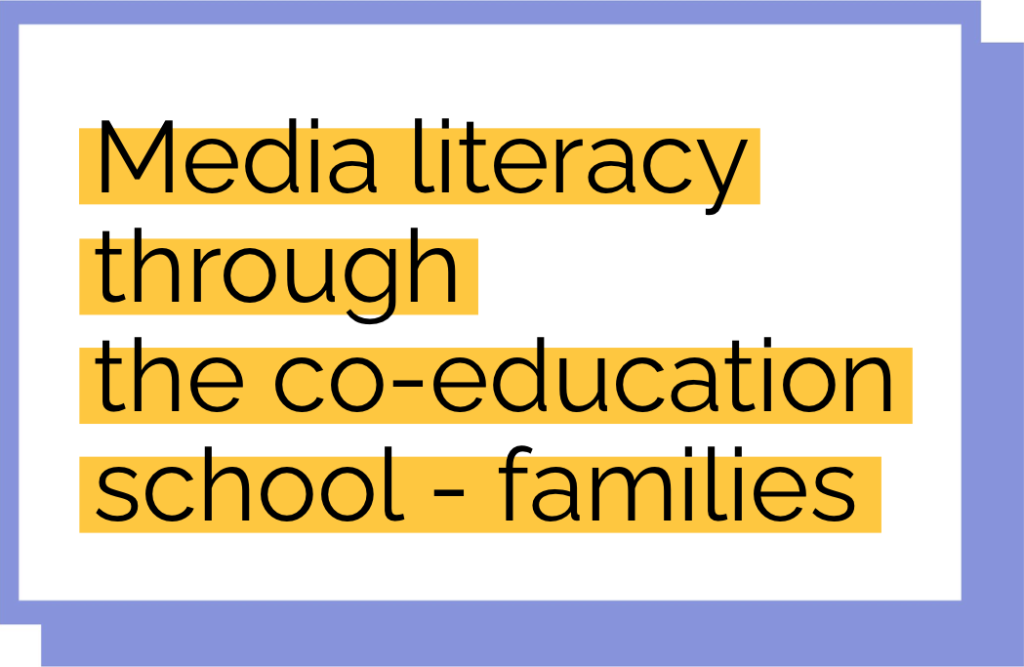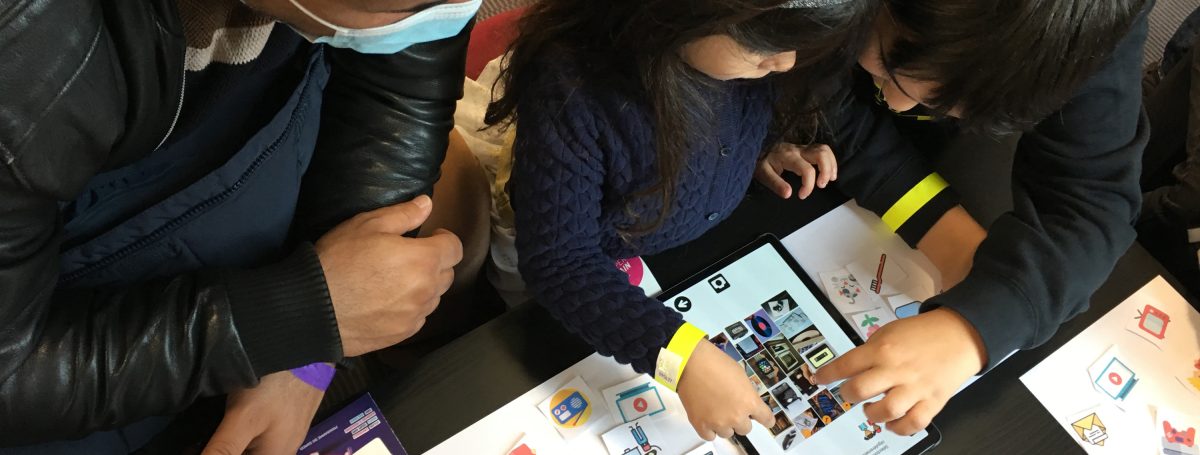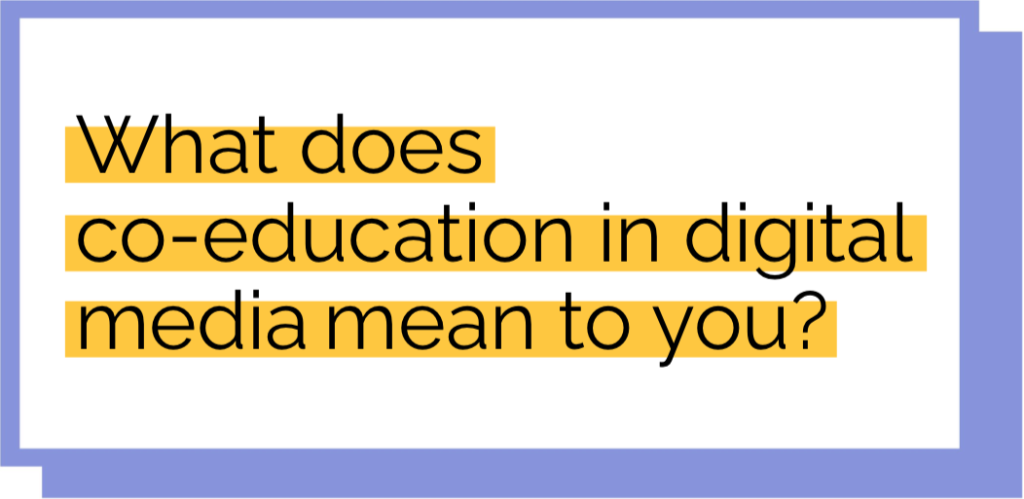Welcome! Here you find the e-learning module of the EU-project Keep in Touch. Since digital devices are present throughout all aspects of life children gather early on first media experiences. Thus it is important to offer guidance and to acknowledge their right to be accompanied in this learning process.
This e-learning project would like to offer an insight in creative media education with children in Kindergarten for educators, teachers and pedagogical specialists. Various aspects of media education with children are introduced and explained in five units. These aspects range from how to use media in everyday life in kindergarten to strategies of communication with parents through digital devices in kindergarten.
Each part has been developed by a partner of the EU-project Keep in touch from Belgium, France, Germany, Italy and Portugal. It is a collection of various ways of approaching creative media work in early childhood education as it reflects the different focal points in each European country. Therefore it is not in chronological order but can be used according to interest and specific topic question.
Here is an overview for each unit and their learning goals:
JFF – Institut für Medienpädagogik in Forschung und Praxis, Germany
This unit is about digital media in general and how it can be actively used in Kindergarten. Here you can learn about basics of media education, learning goals and practical media projects with children.
For starters you explore your own media profile with a little game and the app „ACTIONBOUND“. After that there are different possibilities on display on how to apply creative media work with children. These include:
- Talking about media – Gallery of media heroes
- Photography – a visual approach of topics
- Audio – play with audio, sound as vehicol
- Film – magical tricks with camera and their effects
Learning goals in this unit:
- Recognize different digital devices
- mediate an overview on various methods of how to apply media projects in Kindergarten
- facilitate knowledge about which digital tools are necessary to record photo, audio or video material
- find and explore a range of apps for creative work with media together with children using a tablet
- Gain confidence with creative work with media on mobile devices and apps through exercise and repetition
Zaffiria, Italy
In this unit you learn about the concept of the digital atelier as envisioned by Alberto Manzi and Bruno Munari. It introduces basic outlines of the concept as well as the role of the educator within the digital atelier.
The digital ateliers center around the following topics:
- Nature
- Emotions
- Language/Storytelling
- Numbers
- Physical activities
Learning goals in this unit:
- to approach media in differing and creative ways
- to develop flexible methods for dealing with digital media in context with children
- to acquire knowledge about innovative ways to deal with digital demands during a pandemic situation as well es building an educational bridge with parents for collaboration in this process.
La Fabulerie, France
This unit deals with the question about how to motivate children and parents to perform digital activities at home. With the help of story telling you can learn about the connection of creativity and learning process and how it can be used to work together with children, educators and parents. Additionally there are tipps on how to present this digital content in an appealing way.
These topics are the main focus:
- Introduction in analogue Ludoboxes
- Extension with digital Ludoboxes
- Ideas and tips for digital exhibitions
Learning goals in this unit:
- Using story telling and digital tools to stay in contact with parents and children
- Acquisition of digital knowledge
- Basic skills for presentation of digital creations
- Play and fun!
Media Animation, Belgium
This unit centers around coeducation, i.e. media competence in coeducative school family. It bridges school and familiy for educational purposes and demonstrates how collaboration could successfully work.
Topics in this unit:
- Understanding the concept of coeducative school
- Illustrate the co-educative method trough projects and activities regarding media competence
- Challenges and opportunities of coeducation in the context of promoting media competence
- Tips for successful performance of co-educative school family
Escolas de Sant’Antonio, Portugal
This unit presents and portays different means and digital tools that can be used in everyday life in the context of teaching and learning with children.
It aims to improve communication channels and enhance the relationship between school, families and other partners in educational context by way of building up various technological resources.
Topics in this unit:
- Promote digital competence and support educational community with knowledge about digital tols in the context of teaching and learning processes
- Get to know a set of examples regarding digital tools, which enable a closer communication between school and family
- Build awareness for digital security, data protection and personal rights connected to using digital tools in educational context
- Get to know a set of examples regarding digital tools, which can be used in Kindergarten and enable children to use digital tools in a creative way
Good luck! Enjoy working with the E-Learning course and “Keep in Touch” with children and parents in Kindergarten. This E-Learning course helps you: to support children using digital media in a creative way, to accompany children from an early age on in an adequate way based on their age and to help them navigate in a complex world of media.
Concluding you find a link to the Digital Competence Framework for Educators that we reccomend.
